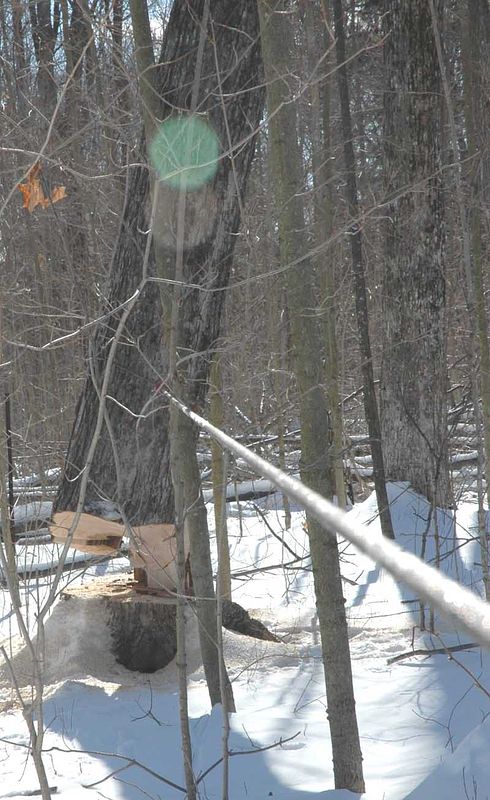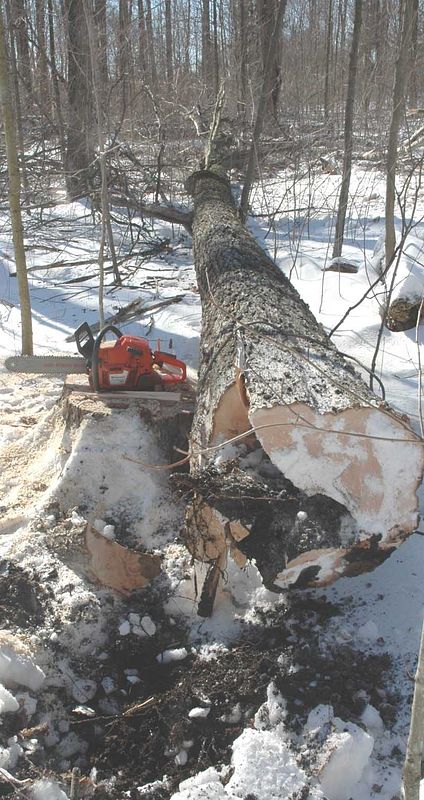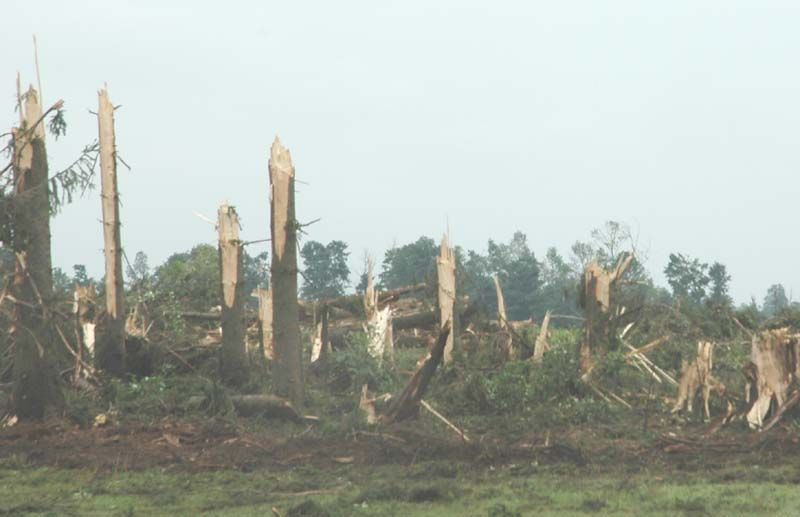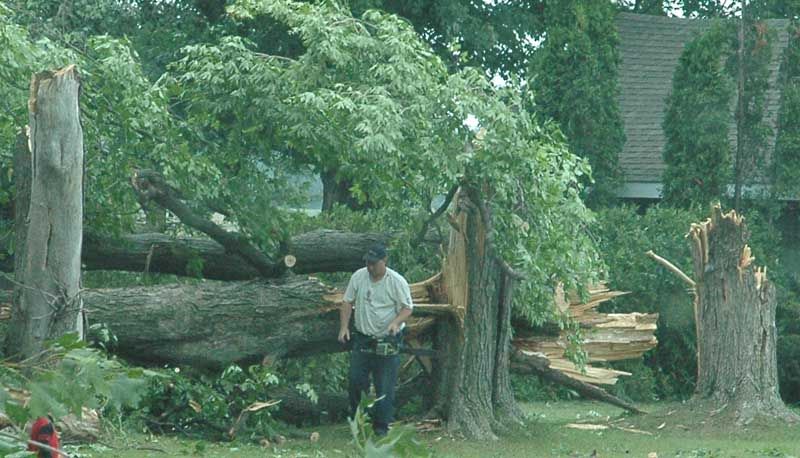Tree Machine
Addicted to ArboristSite
Bore and plunge are the same. You do it 90 degrees to the direction of the fell, so you're off to one side. Expect kickback. Only the most skilled can avoid kickback when plunging in with the tip of the bar.

smokechase II said:Freakingstang;
The too thick of a hinge is a good guess. Of course, what actually is too thick of a hinge is a variable from species to species, tree to tree.
Can you get us a photo or two?
Have even a small Dutchman? Did either of the trees start over, {with movement at the hinge}, then barber chair, or did they just split immediately with a higher fulcrum?
I'm pretty well convinced after reading here at AS that more than just a boring back cut is needed. If for no other reason than to guarantee that a holding wood thickness error or off-side Dutchman or unnecessary wedging or pulling a tree or excessive wedging or wind gust or defect in the tree or shallow face or narrow face or a face that matches up with a split will not have its way. Did I mention two heavy duty binders above head level for ground falling?
I'm gonna come out and say that a center face bore and/or nipping the corner holding wood should be SOP on barber chair avoidance.
One of the things that was mandatory with the old triangle, then in fast back cut for barber chair potential trees was that you nipped the corners as part of each triangle cut. I'm certain that was what made that cut work.










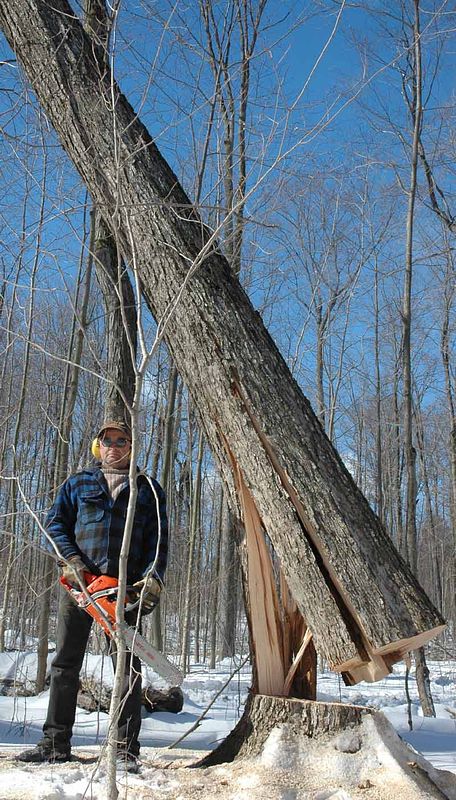
wradman said:when i saw your comment dont' recall ever having a barberchair i thiought this guy hasn't been in the woods much i see the picture lololol good for you , you are cool you rock come sledding with me


